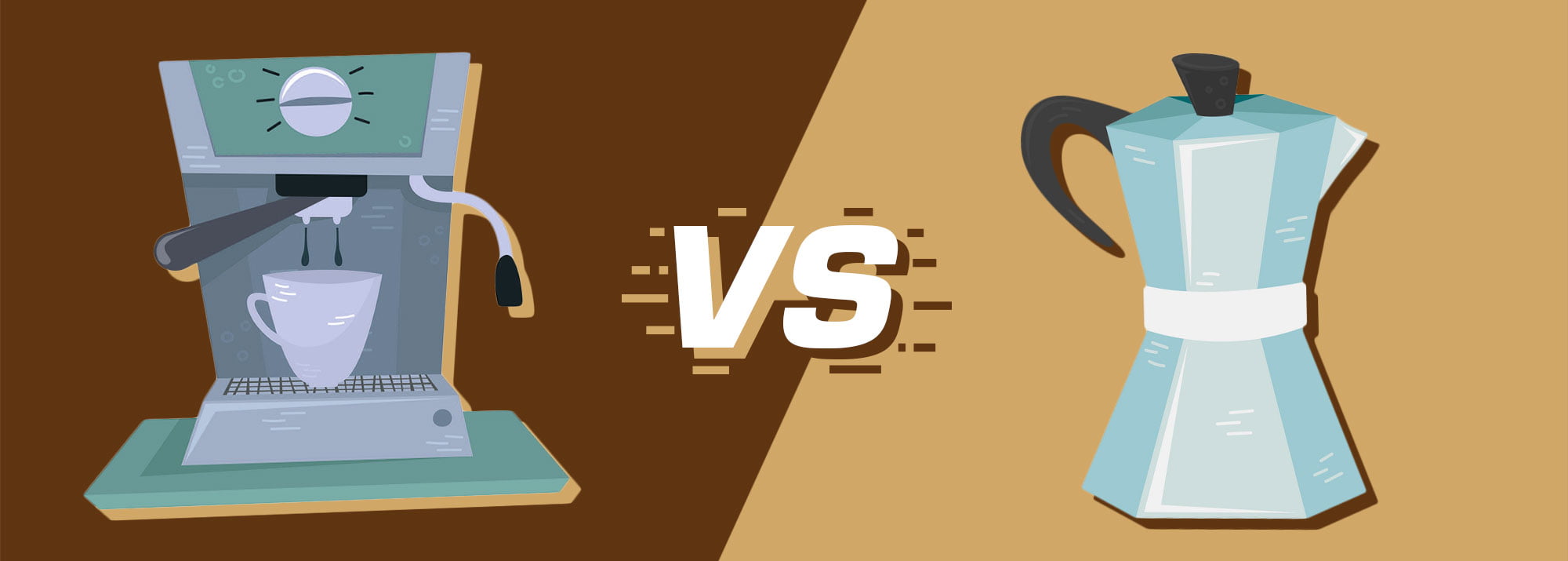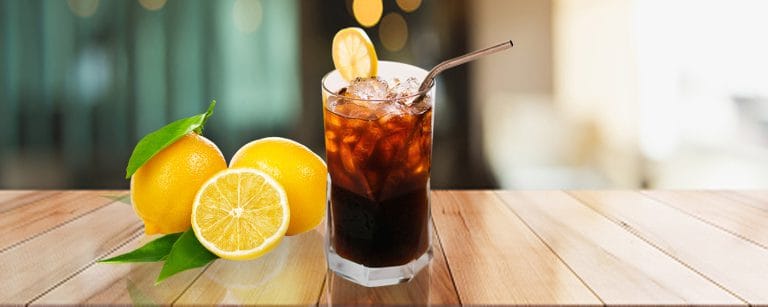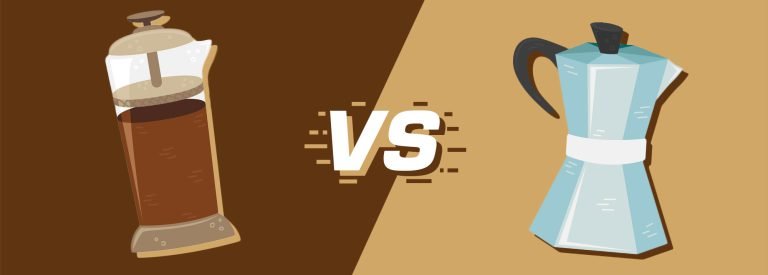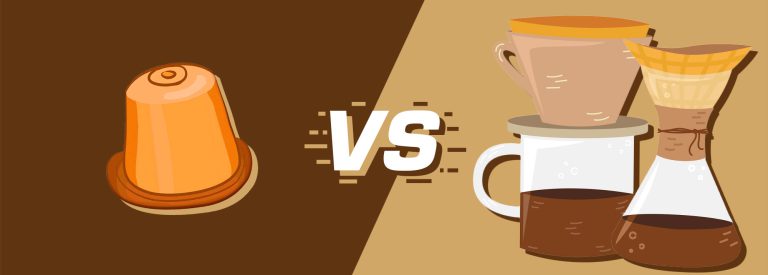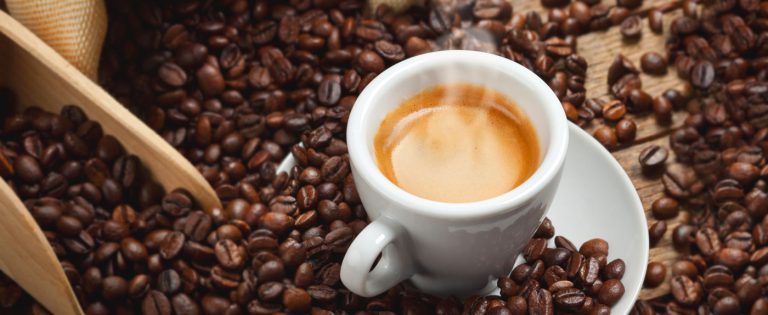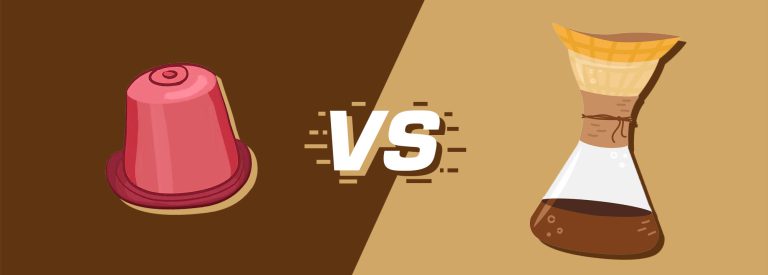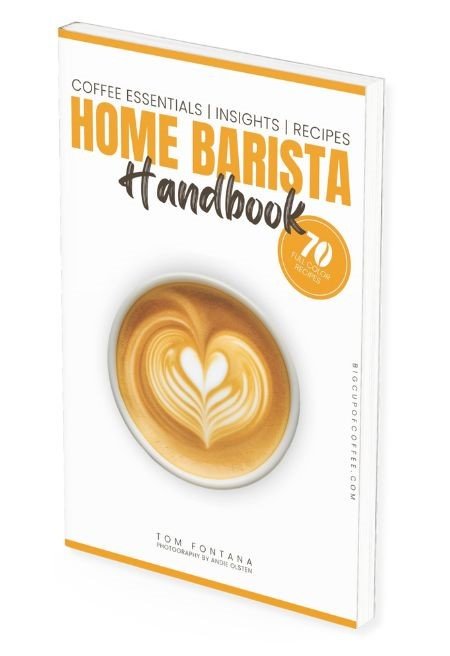Moka Pot vs Espresso: A Barista’s Take on the Brewer Face-Off
Friends often ask me if they can make espresso with more affordable brewers, and I always tell them to try Moka Pots.
Moka pots are known for producing espresso-like coffee, but can they replace an espresso machine outright? Can a $50 moka pot replace a $500 espresso machine?
In this article, I will delve into the intricacies of both and compare them in-depth.
Let’s do this.
Comparing Moka Pot & Espresso
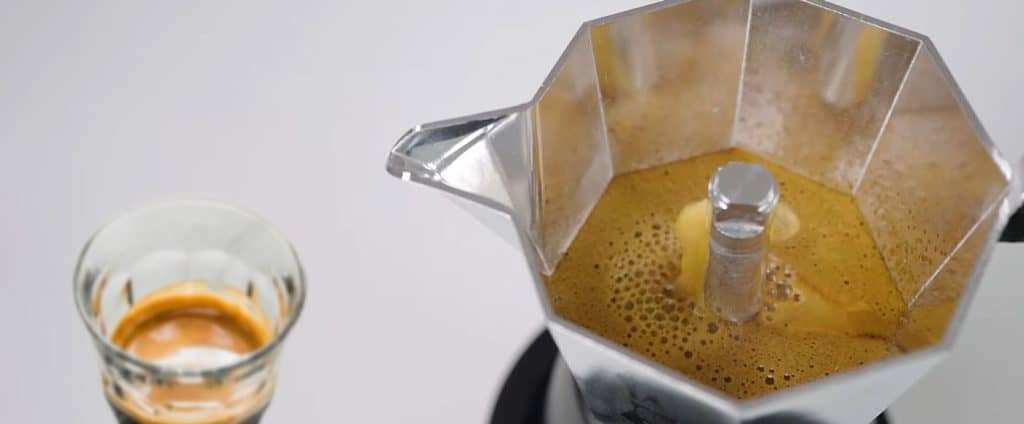
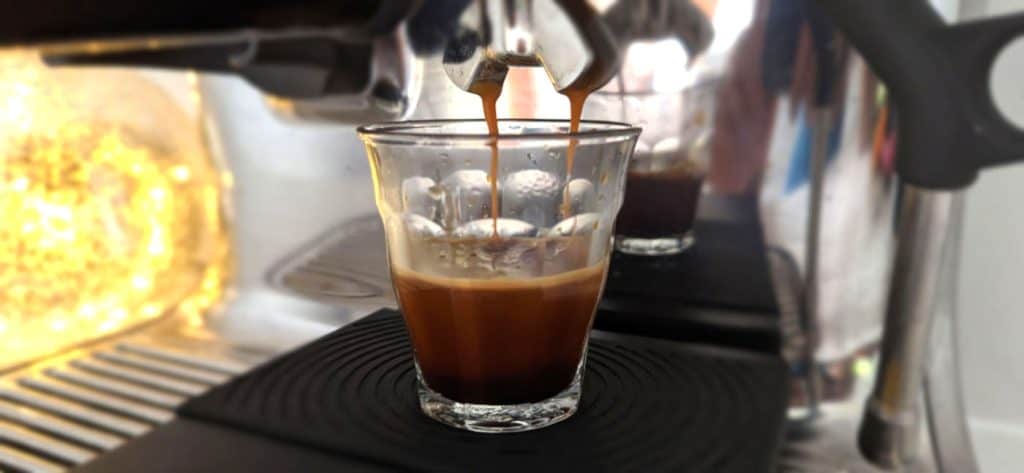
The Moka pot is a stovetop device that functions by heating water in the bottom chamber until steam pressure forces the water through finely-ground coffee in the middle basket. As the brewed coffee is pushed to the top chamber, it gets collected for consumption.
On the other hand, espresso is made using a machine that uses high pressure to force water through finely grounded beans to yield a concentrated, full-bodied drink with a visually pleasing crema on top. The pressurized water extracts all the best flavors and oils from the beans while maintaining its balance, resulting in a perfect cup of coffee every time.
Here are the differences between the two brewing methods, followed by a detailed comparison of each feature.
| Features | Moka Pot | Espresso |
|---|---|---|
| Taste & Flavor | Rich, full-bodied coffee similar to espresso | Incredibly potent with bold flavors and high caffeine content, unique experience and crema |
| Strength | Strong and robust, but less concentrated than espresso | Highly concentrated and strong |
| Ease of Use | Fairly easy, suitable for beginners | Steeper learning curve, requires more skill and precision |
| Brewing Speed | Takes longer, 5-10 minutes for brewing | Fast, 25-30 seconds for pulling a shot |
| Versatility | Limited control over brew, less precision | Highly versatile, precise control over various elements |
| Pressure | 1-1.5 bars | 9 bars |
| Durability & Portability | Durable, compact | Durable, commercial-grade machines larger and require electricity |
| Sustainability | Produces less waste, made of metal/aluminum | Less sustainable, energy and resource-intensive production process |
| Cost | Affordable, starting from $15 | Pricier, starting from $100 and can be several thousand dollars |
Taste, Flavor, & Strength
As I mentioned earlier, the Moka pot and espresso are similar in taste. The Moka pot makes a strong, rich, full-bodied coffee that tastes similar to espresso. However, while Moka pot coffee is strong and robust, it is not quite as concentrated or refined as real espresso.
Now true espresso is an incredibly potent drink that hits hard with its bold flavors and high caffeine content. With beautiful crema on top of every shot, no other brewing method can produce such a unique experience. And let’s face it; nothing beats sipping on a perfectly crafted espresso shot.
Personally, I like espresso better because it allows me to make café-level coffee, saving me a few bucks every time I crave a latte, cappuccino, macchiato, or other espresso and milk drinks. In all fairness though, you can use Moka pot coffee for them as well, but they aren’t quite the same in taste.
Ease of Use
In terms of ease of use, these brewing methods are at opposite ends of the spectrum. The Moka pot is fairly easy to use even for beginners, just be mindful of its variables, such as using medium-fine ground coffee and setting the stove to low-medium heat to get optimal results.
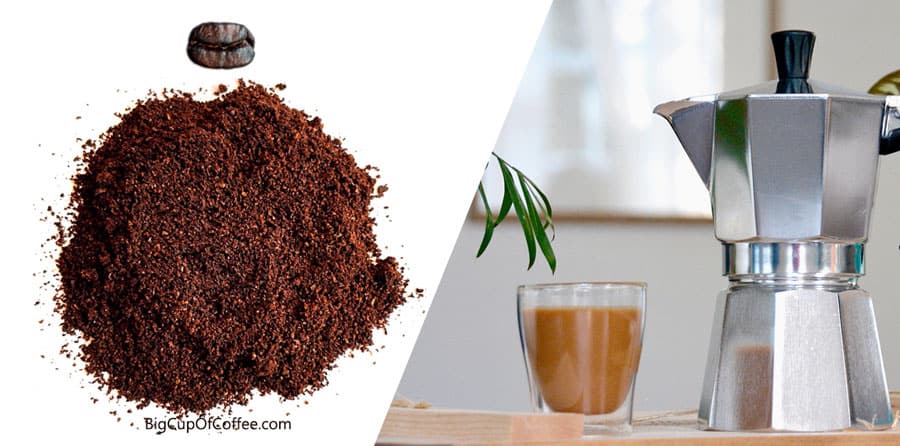
In contrast, dialing in espresso has a steeper learning curve. It needs finely ground coffee beans that should be consistent in texture. Water temperature is also crucial, ranging from 190°F to 200°F. While an automated method, this still requires significant skill to master, especially if you’re making recipes with beans of various roast levels.
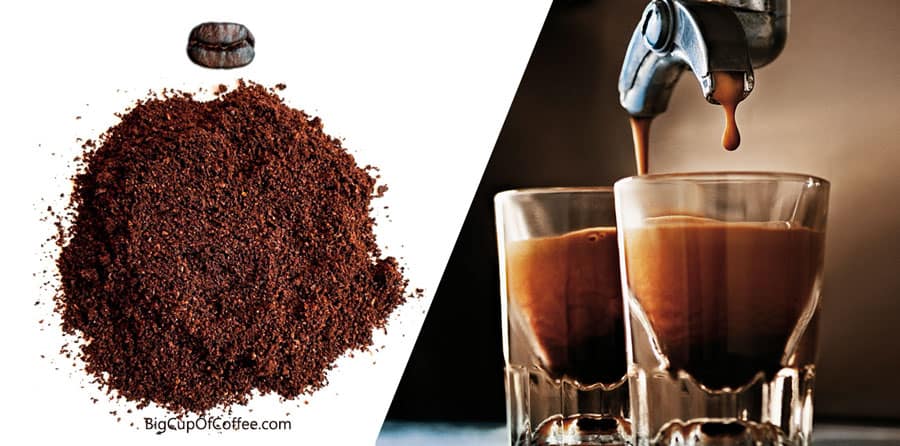
Overall, the Moka pot is much easier to use than an espresso machine. However, if you’re willing to invest time in learning how to make espresso perfectly, pulling shots can be second nature to you and it’s definitely worth it.
Brewing Speed
Now onto the brewing speed, espresso has a huge lead over the Moka pot. Moka pot coffee takes longer to make, needing at least 10 minutes from grinding the beans to brewing and cleaning up after use. The brewing time itself varies from 5 to 10 minutes depending on the size of the pot being used. Cleaning can also be tricky due to the small crevices in the filter basket and filter where coffee oils and grinds can get stuck.
On the other hand, making an espresso is quite fast with a total time of only 2 minutes from preparation and cleanup. Pulling a shot or two just takes 25 to 30 seconds which is lightning-quick compared to the Moka pot method. Cleaning the portafilter and basket after each use is easy but regular deeper cleanings like descaling or backflushing internal components require more time.
So if it’s about speed, it’s clear that espresso wins once you get a hang of the process. Just keep in mind that aside from your common cleaning routine with your espresso machine, a deep clean is also needed every weekend to keep it in tip-top shape.
Versatility
Coffee brewers’ versatility is important because it allows us to experiment and customize our coffee, with regard to taste, volume, etc.
In this regard, I can’t call either brewing method versatile.
With a Moka pot, you have a basic amount of control over your brew. You can adjust the coffee-to-water ratio and grind size to some extent, which gives you some control over the final flavor profile. However, compared to espresso, the level of precision is lacking.
With espresso being one of the most precise brewing methods available, it is not very versatile either. You are aiming to perfect your grind size, dosage, distribution, tamping pressure, water temperature, and extraction time, all in search of the perfect shot. You can dial in a ristretto, espresso, or lungo, so I guess that is more than what you can do with a Moka pot.
If we look into the flexibility of capacity, the Moka pot offers more options as it has a wide range of sizes available:
- 0.5-cup (40 ml)
- 1-cup (60 ml)
- 2-cup (90 ml)
- 3-cup (130 ml)
- 4-cup (190 ml)
- 6-cup (340 ml)
- 9-cup (540 ml)
- 12-cup (670 ml)
- 18-cup (810 ml)
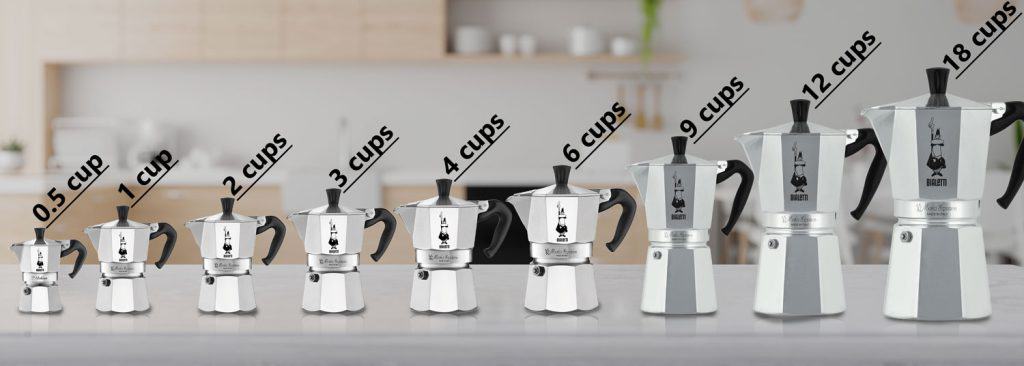
In contrast, the espresso you can produce is pretty limited. You can only pull one to two shots at a time with each shot equal to one ounce, or dial in a ristretto or a lungo. Hence, espresso is better suited for those who want more customizable options rather than quantity.
Durability and Portability
In regards to durability and portability, the Moka pot is clearly better than an espresso maker.
Moka pots are made of aluminum or stainless steel which makes them pretty durable. They’re also very compact, so it’s an ideal brewer if you usually travel light or just want a quick cup at work.
On the other hand, commercial-grade espresso machines can be quite large and are often made from heavy-duty materials. However, smaller home models come in various materials such as stainless steel and plastic that offer varying levels of durability. They will have problems down the line, and will need servicing. It will always take up more space than the Moka pot, and since it requires electricity, it’s really designed to stay inside your home.
Sustainability
Your coffee’s sustainability is important because it ensures that the process of producing and enjoying our daily cup of joe does not harm the planet. In fact, I have a separate article dedicated to eco-friendly coffee makers.
Moka pots are a great option in this regard, since they use only water and coffee grounds, producing less waste compared to other brewers. Additionally, moka pots are made entirely of metal or aluminum which means they last longer than most other coffee makers, eliminating replacement cycles. Classic aluminum Bialetti Moka pots have been known to last decades with only occasional replacements needed for the rubber gasket.
On the other hand, espresso machines can consume significant amounts of energy and resources during their production process, making them particularly unsustainable. Many espresso makers also require a long heat-up time, which wastes energy. Home versions with manual levers do exist, though, which are more sustainable.
Therefore, if you want to minimize your coffee’s carbon footprint, the Moka pot is your best bet.
But if you want the espresso experience, you can opt for a Flair manual espresso maker, or a Breville Barista Pro with 3 second heat-up time.
Cost
When it comes to cost, there is a huge gap between the price points of these brewers.
For starters, you can find a decent Moka pot for as low as $15, which is definitely a steal. However, if you’re willing to spend more money, higher-end models range up to $70, which is not much for something that will last decades.
The best part? You don’t have to worry about any additional costs like paper filters since all parts are reusable.
On the other hand, home espresso machines tend to be on the pricier side of things with prices ranging from around $100 all the way up to several thousands of dollars depending on quality and features. This does seem daunting at first glance, but investing in an espresso machine could potentially save you some money in the long run if you’re someone who frequents coffee shops regularly. If you are willing to swap the café experience with your own espresso, you will save money.
So, which option provides better value for your buck? It ultimately depends on your personal preferences and budget. If you’re looking for a more affordable option that still produces rich flavorsome coffee, then a Moka pot is definitely worth considering.
But if you’re someone who enjoys indulging in specialty drinks often and doesn’t mind splurging a bit more upfront, then an espresso machine will still provide value for you in the long run.
Moka Pot and Espresso – Weighing the Pros & Cons
Now that we’ve gotten a closer look at the features of each brewing method, here’s a quick overview of the pros and cons of Moka pot and espresso so you can finally decide which one is for you:
| Brewing Method | Pros | Cons |
|---|---|---|
| Moka Pot | – Small and portable – Easy to use – Produces robust coffee similar to espresso | – Cleaning is a bit tougher – Limited control once the brewing has started – Can easily have a bitter taste |
| Espresso | – Produces highly-concentrated coffee with crema on top – Very fast to produce – Can be used for numerous recipes | – The espresso machine is not portable – Generally expensive – Requires finely ground coffee beans – Dialing in the espresso requires expertise |
Did Moka pot make it to your list of best brewers? Here are my other comparisons between this coffee maker and other brewing methods:
You can also read how espresso fares against other methods:
Conclusion
After comparing the Moka pot and espresso, I must say that picking the better brewer is quite a complex task.
The Moka pot is way more affordable to make coffee, with little learning needed. It is also more portable and sustainable.
As for the espresso, it takes the lead in terms of speed and taste qualities.
If I have to pick which brewer is better than the other, I’d choose espresso in a heartbeat. I just won’t replace its rich flavor profile and versatility for making various drinks with other more convenient/sensible brewers. That’s just me though.
I’d like to know your thoughts as well so feel free to share them in the comments below.

